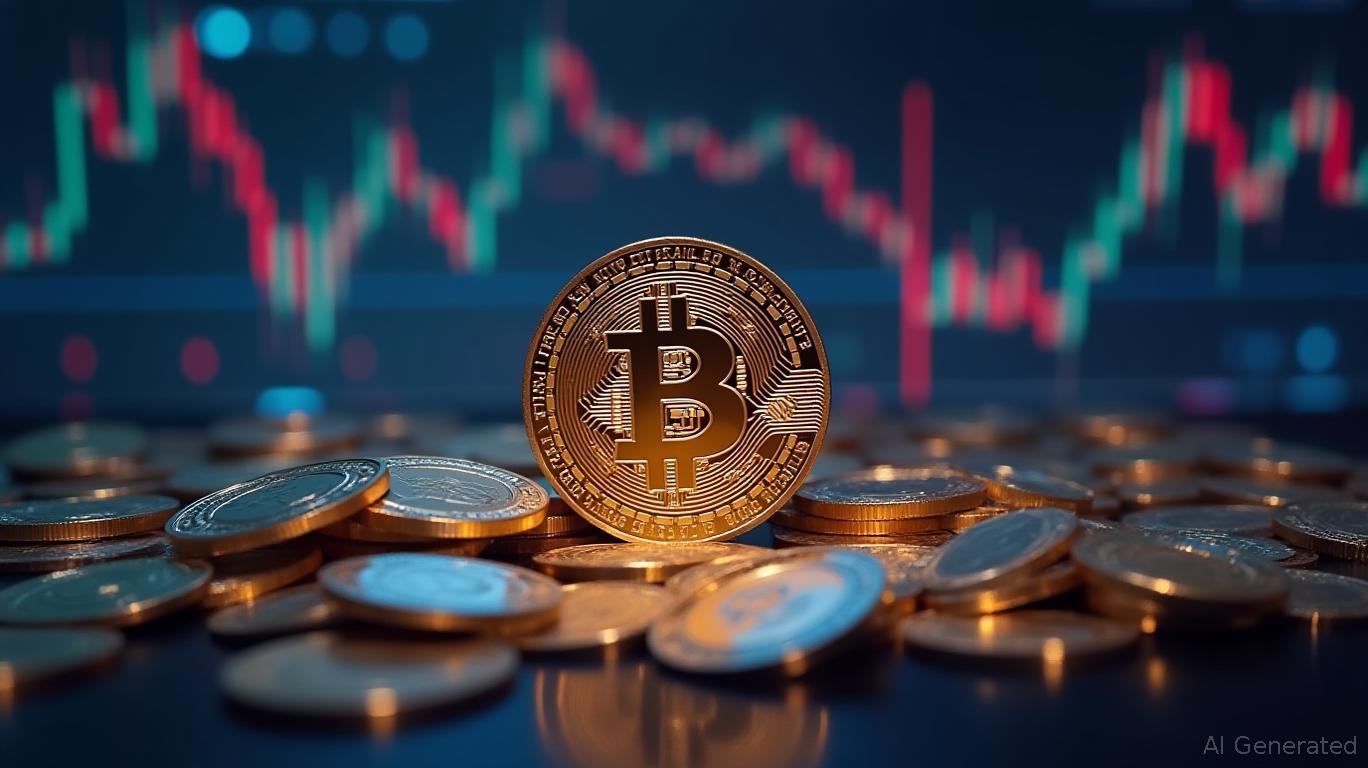Coin WorldSunday, Jul 13, 2025 5:41 pm ET
![]() 2min read
2min read
Cryptocurrency analysis platform CoinGecko has released its list of the most trending altcoins in recent hours, highlighting a diverse range of digital assets that have captured the attention of investors. The list includes various altcoins, from memecoins to gaming-focused projects, reflecting the dynamic nature of the cryptocurrency market.
The altcoins that have garnered the most attention in recent hours, according to CoinGecko, are as follows: SaucerSwap (SAUCE) with a market value of $41.9 million, Bertram The Pomeranian (BERT) with $36.7 million, Toncoin (TON) with $7.3 billion, Pudgy Penguins (PENGU) with $1.89 billion, Manyu (MANYU) with $40.5 million, Hyperliquid (HYPE) with $16.1 billion, Hedera (HBAR) with $10.48 billion, Coq Inu (COQ) with $38.7 million, Bonk (BONK) with $1.97 billion, Mog Coin (MOG) with $758.6 million, Pepe (PEPE) with $5.14 billion, Bittensor (TAO) with $3.69 billion, and Supra (SUPRA) with $66.7 million. Bitcoin (BTC) and Ethereum (ETH), which continue to lead the market capitalization, also made small gains on the list with market values of $2.36 trillion and $359.6 billion, respectively.
Social media-backed projects like Pudgy Penguins (PENGU) and Mog Coin (MOG) have seen significant gains, indicating a growing interest in altcoins driven by various factors including market trends and investor sentiment. SaucerSwap (SAUCE) and Bertram The Pomeranian (BERT), despite their low market values, have attracted attention with their significant increase rates. However, high hype rates also mean very high risk, especially in the memecoin world.
The recent surge in interest in altcoins has been evident, with several cryptocurrencies experiencing a significant increase in search volume. Toncoin (TON) stands out with a substantial market cap of $7.3 billion, and Pudgy Penguins (PENGU) has a market cap of $1.89 billion. These figures indicate a growing interest in altcoins, which could be driven by various factors including market trends and investor sentiment.
The current state of the cryptocurrency market has sparked discussions about whether we are in a crypto bubble. Market bubbles can form when macroeconomic and industry trends align, and the last significant bubble in the crypto space occurred in 2021. With Bitcoin (BTC) nearing its all-time high and major altcoins like Ethereum (ETH) experiencing substantial gains, it is reasonable to question if the market is in a bubble. However, it is important to note that the current market conditions differ from those in 2021. Institutional demand has become a significant driver, with U.S. spot Bitcoin ETFs attracting roughly $50 billion since their launch 18 months ago. These coins are stored in cold wallets, generating steady staking fee income, which suggests a more stable and less speculative environment.
The macroeconomic backdrop also supports the current rally. The Federal Reserve’s decision to hold its benchmark interest rate steady in June, with plans for two cuts before the end of the year, indicates a potential expansion of the money supply and increased risk appetite. This monetary policy could provide a liquidity tailwind for the crypto market, similar to the conditions during the 2021 bubble. Additionally, the utility of leading cryptocurrency chains has become more apparent. Solana’s network fees and application revenue are surging, indicating real-world usage and revenue generation. XRP’s ledger is onboarding tokenized U.S. Treasuries and compliance tools, making it more attractive to institutional investors. These developments suggest that the current rally is driven by more than just speculation, with real-world utility and institutional interest playing significant roles.
The recent interest in altcoins also highlights the potential for high gains in underpriced cryptocurrencies. While specific altcoins like Snorter Bot have raised significant funds in their presales, the broader trend indicates a growing interest in altcoins with potential for substantial returns. This interest is driven by a combination of market trends, institutional demand, and the increasing utility of cryptocurrency chains. As the market continues to evolve, it will be important to monitor these trends and their impact on the broader cryptocurrency landscape.

